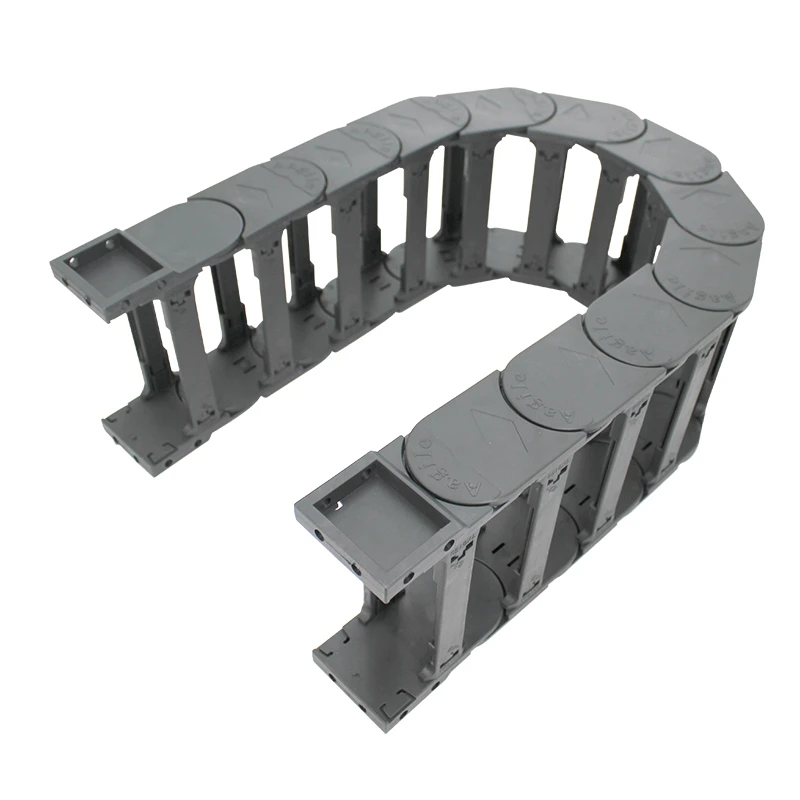Understanding the Functionality and Importance of Synchronous Timing Belts in Machinery
Understanding Synchronous Timing Belts An Essential Component in Modern Machinery
Synchronous timing belts are a critical component in various mechanical systems, especially in applications that require precise timing and synchronization between moving parts. These belts are designed to transmit power efficiently and reliably without slipping, making them an ideal choice for a wide range of industrial and automotive applications.
Unlike traditional V-belts, which rely on friction to transfer power, synchronous timing belts use teeth that mesh with corresponding grooves on pulleys. This tooth design ensures that the belt remains firmly engaged with the pulleys, allowing for accurate movement and synchronization of machinery components. The positive engagement eliminates the risk of slippage, ensuring that the drive maintains consistent speed and timing, which is crucial in precision applications.
One of the most significant advantages of synchronous timing belts is their ability to handle high speeds and heavy loads while maintaining low noise levels. This performance makes them particularly suitable for applications in robotics, CNC machines, and assembly lines, where efficient and quiet operation is essential. Additionally, they are available in various materials, such as neoprene, polyurethane, and rubber, allowing for flexibility in different environmental conditions and operating temperatures.
Another benefit of synchronous timing belts is their longevity
. With proper maintenance and care, these belts can have a long service life, reducing the need for frequent replacements and minimizing downtime in industrial settings. Regular inspections and timely replacements of components such as pulleys and tensioners further enhance their lifespan, ensuring that the entire system operates smoothly.synchronous timing belt

In terms of design, synchronous timing belts come in various widths, lengths, and tooth profiles, allowing engineers to select the most suitable option for their specific applications. The versatility in design makes them usable in a wide array of machinery, from simple conveyor systems to complex engines.
When considering the installation of synchronous timing belts, proper alignment and tensioning are crucial. Misalignment can lead to uneven wear and premature failure, while insufficient tension can result in slippage or jamming. Manufacturers often provide detailed guidelines on installation to ensure optimal performance and longevity.
Applications of synchronous timing belts are vast. In the automotive industry, they are commonly used in engines to synchronize the rotation of the crankshaft and camshaft. This synchronization is vital for the engine’s performance and efficiency, contributing to smooth operation and optimal power output. In manufacturing, these belts are integral to automated processes, linking various components such as motors, gears, and pulleys to facilitate seamless operations.
In conclusion, synchronous timing belts play a pivotal role in modern machinery, offering a reliable solution for power transmission and synchronization. Their unique design, durability, and versatility make them indispensable in various industries. As technology continues to evolve, the demand for more efficient and high-performing synchronous timing belts will undoubtedly increase, reinforcing their significance in the future of engineering and manufacturing.








